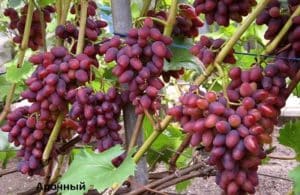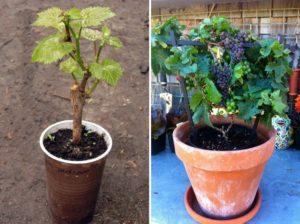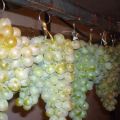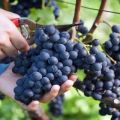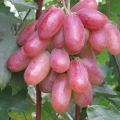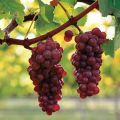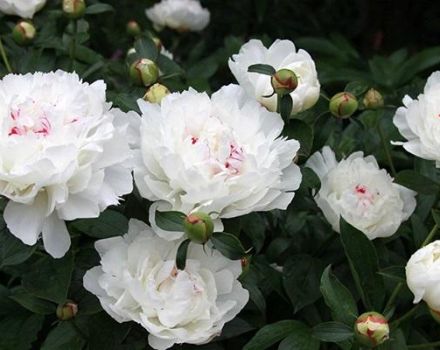Description and rules for growing Lancelot grapes
Lancelot is a grape variety developed for the northern regions. Differs in immunity to cold climates, fungal diseases, is stored for a long time, amenable to transportation. In high demand, it is used for table wines. Consumers like the rich, sweet, honey-scented berry taste fresh, in desserts. It grows in the southern regions, in the central zone and in the Urals, in Siberia.
Origin story
Scientists planned to create a grape variety that is immune to severe frost, suitable for cultivation in the northern regions. At the Potapenko Institute, breeders created Lancelot by crossing the Gift to Zaporozhye, Ecstasy, the FV-3 hybrid. It happened 15 years ago in the city of Novocherkassk. The grape has established itself on the positive side among gardeners and winemakers.
Description and characteristics of Lancelot grapes
Lancelot stands out for its good fruit quality, large yield, resistance to grape diseases and pests.
Yield indicators and use
Lancelot allows to collect at least 7-10 kg of bunches from the bush. Table white wines are made from this variety. Berries can be frozen, added to desserts, juices made. They are delicious fresh and are used in cooking.
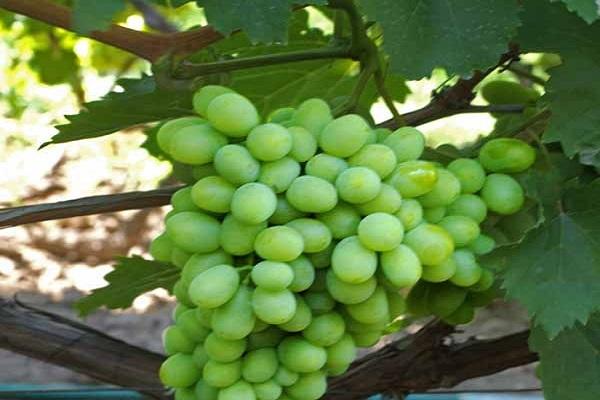
Description of the bush, bunches and berries
The grape is characterized by a powerful, vigorous vine. Its shoots are thick, withstand large clusters. Brick-colored bark. The leaves are bright green, medium in size with jagged edges, used in cooking. Bushes need a lot of space, they grow quickly. The bunches ripen completely along the entire length of the vine.
The flowers are small, white, form paniculate inflorescences. Lancelot has male and female flowers; the grapes do not need pollination. It opens in May, flowering lasts about 10 days. The berries appear 2-3 years after planting.
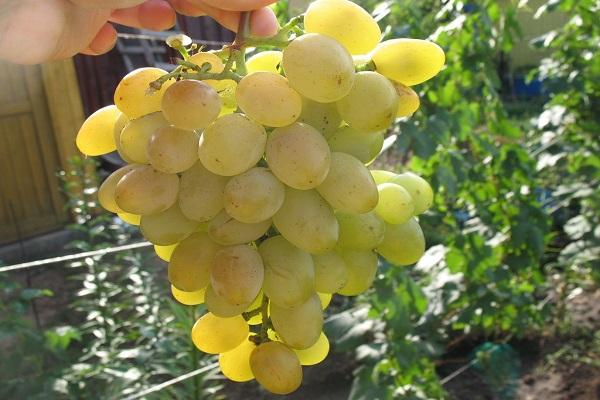
The bunches are cone-shaped, large, from 800 g to 1.2 kg, sometimes 2 kg. Fruits are oval, weighing 12-15 g. The color of unripe berries is milky white, by the time of harvest they become golden, white-golden, amber. On the skin of medium thickness, waxy bloom. The pulp is juicy, fleshy, dense, few seeds, small berries are not observed.
The taste of berries is sweet, with a slight sourness, honey-citrus, without the aftertaste of nutmeg. They generally do not crack when overripe. In the bright sun, a blush is formed on the fruits.The foliage shading on the brushes should not be trimmed to prevent sunburn. The sugar content of the berries is 15%, they are suitable for storage up to 3-4 months. The growing season of the variety is 130 days.
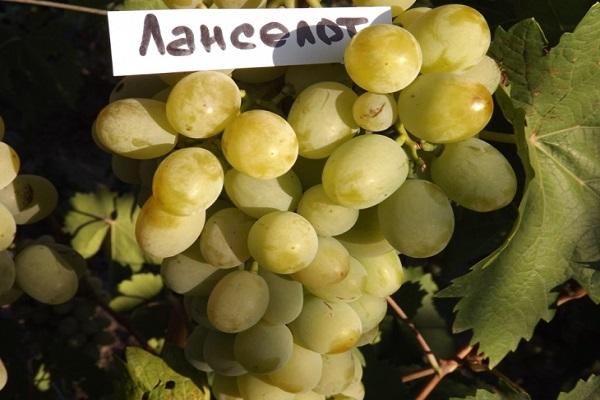
Advantages and disadvantages of the variety
The new variety is unpretentious, takes root in regions with different climates - southern latitudes, the Urals, Siberia. Pros of grapes:
- Winter-hardy, tolerates -26 FROM.
- Not afraid of drought.
- Gives big yields.
- The berries ripen early and are tasty with the skin.
- The fruits do not crack after rains.
- Has immunity to fungal diseases, pests.
- Bunches are stored for a long time, are subject to long-term transportation.
- The pulp contains organic acids, antioxidants, trace elements.
Long-distance transportation does not harm the appearance, taste, aroma of berries.
Cons in the rapid growth and the effect of sunlight on the berries, grapes do not tolerate spring frosts.
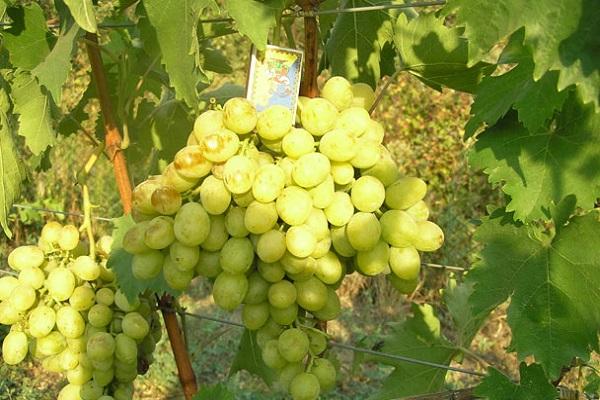
How to properly grow a plant
The correct choice of the site and further care is the key to a good harvest.
Selecting and preparing a landing site
Grapes are planted in autumn, before frost or in the spring, when the frost has already passed. The site is chosen lighted, windless, with fertile soil.
Groundwater should be deeper than 1.5 m from the ground.
Prepare a place for grapes in advance. For example, when planning a planting in spring, the preparation procedure is done in the fall. The soil is dug up, leveled, fertilized. The size of the planting holes is recommended 80 x 80. Fill them 1/3 with soil mixed with 2 buckets of humus, 3 buckets of peat, 2 kg of ash, 150 g of superphosphate and potassium.

Planting process
For planting, seedlings are needed without traces of diseases, damage by pests. Choose seedlings with a good root system and ripe buds, 50-60 cm long. The shoot is shortened to 3-4 eyes, the root is up to 10-15 cm. Then you need to mix the clay with manure, process the roots. The distance between the rows is desirable 2-3 meters, with bushes - 50 cm.
Set the plant in the middle of the mound, straighten the roots. Fall asleep, tamp, water. The soil around the bushes is mulched with straw, peat or dry leaves to maintain moisture.
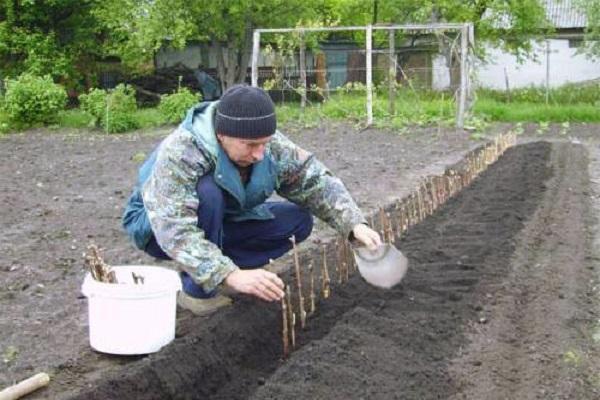
Features of crop care
With good care of the grapes, the berry yield will be high. Weeds are removed near the bushes, the soil is regularly loosened.
Watering and feeding
Twice a season, the land around the grape bushes is watered abundantly. In the spring, before the beginning of the growing season, in the fall - before the cold weather. For 1 sq. m requires 120 liters of water. In summer, plants also need watering. This is done after flowering and before the berries ripen. For each bush - 50 liters. During a hot summer, grapes are watered more often.
As fertilizers, they take humus, chicken droppings, nitrogen-containing complexes. They are brought in in the spring. Potassium and phosphorus are added in autumn.
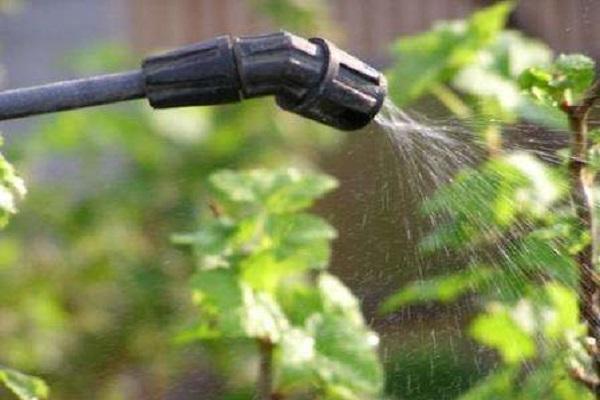
Trimming and shaping
Annual plants with 2 shoots are cut 2 cm above the second bud. In bushes with one sprout, 4 eyes are removed. Biennials - 2 eyes.
Adult plants in the fall after leaf fall are cut, leaving 3-8 sleeves extending from the main trunk.
Shoots are shortened, leaving 8 eyes on each adult lash. This is necessary so that there is no overload on the vine with heavy bunches.
In the spring, the frozen shoots are removed from the grapes. Before flowering, the shoots are pinched so that the nutrients get to the inflorescences. During the growing season, stepchildren are removed at the level of the 2nd leaf. In August, the tops are cut off.

Preparing for winter
In the south, plants do not need shelter. In cold regions, the bushes need to be insulated. The vine is removed from the support, tied with a rope, and laid on the straw flooring. They make a structure in the form of a house from boards or a film stretched over arcs. Cover with a special material on top, sprinkle the sides with soil. Leave holes for ventilation.
Protection from diseases and pests
Grapes are not susceptible to mildew disease, can be partially affected by powdery mildew, gardeners carry out prevention in early spring. Plants are treated with a 1% solution of Bordeaux liquid before flowering, or Strobi and Fundazol are used. Traps with bait are placed for wasps, the vine is covered with nets from birds. The influence of the grape aphid on the variety has not yet been studied.
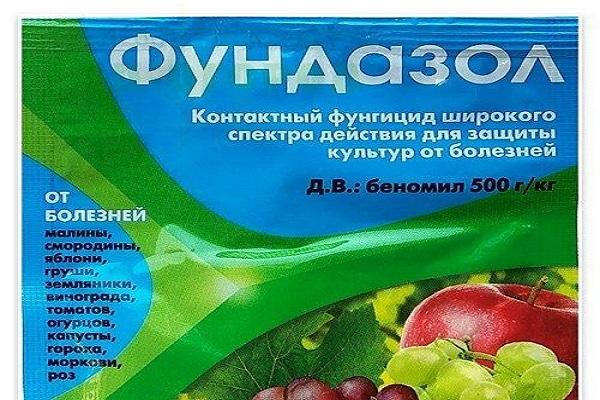
Harvesting and storage of crops
Harvest in late August or early September. Remove the bunches carefully, without touching the berries. Damaged, dry, rotten fruits are removed. The storage room should be odor-free so that the berries do not absorb it. Humidity - 80% and temperature + 1 ... + 5 C. Brushes are stored in a suspended state, in boxes, on racks. It is allowed to keep the grapes in the refrigerator.
Bunches of grapes are stored for 2.5 months in a cool place, without losing their taste, appearance, even when transported over long distances.
